43 macronutrients on food labels
Macronutrient Calculator - Protein, Fat, Carbohydrate, and Fiber The following calculator facilitates planning a diet. The energy content of a diet is dependent on the quantities of three macronutrients: Proteins, Lipids, and Carbohydrates. Fiber, which consists of undigestible carbohydrates, contributes minimally to the total energy content, but its weight is included in the total carbohydrate content. The Best Macronutrient Ratio for Weight Loss - Healthline Sep 02, 2018 · Macronutrients refer to carbs, fats and protein — the three basic components of every diet. Your macronutrient ratio doesn’t directly influence weight loss.. The acceptable macronutrient ...
Industry Resources on the Changes to the Nutrition Facts Label We are working on updating our current Food Labeling Guide to incorporate the changes to the Nutrition and Supplement Facts labels, but this will take some time. Parts of the labeling guide are up ...
Macronutrients on food labels
Fat - Wikipedia In nutrition, biology, and chemistry, fat usually means any ester of fatty acids, or a mixture of such compounds, most commonly those that occur in living beings or in food.. The term often refers specifically to triglycerides (triple esters of glycerol), that are the main components of vegetable oils and of fatty tissue in animals; or, even more narrowly, to triglycerides that are solid or ... Macro Calculator: Count Your Macros Like a Pro! - Bodybuilding… Requires weighing and portioning food; Doesn't take micronutrients into account; Can undervalue protein quality, fiber, and vegetables; Food labels aren't necessarily accurate; To get the most out of this dietary approach, Campbell recommends these approaches: Don't make it a free-for-all. Build your diet around nutrient-rich foods, but leave ... Food Pyramids, Plates and Guides: Building a Balanced Diet Jan 14, 2020 · Each food group will provide different proportions of carbohydrates, fats and proteins. These so-called macronutrients are the main building blocks of our diet. Macronutrients provide energy and allow for normal growth and development. Different food groups contain varying amounts of macronutrients, but usually one or two dominate.
Macronutrients on food labels. Macromolecules, macronutrients - how are they digested? 23/04/2021 · In the pursuit of creating a healthy, well-rounded diet, many of us will consume foods from a wide variety of food groups. The energy we absorb and consequently store from the foods we eat will depend on various factors, including the types and amounts of food we consume, daily exercise regimes, and how our bodies handle nutrients (carbohydrates, fats, … Nutrient - Wikipedia A nutrient is a substance used by an organism to survive, grow, and reproduce. The requirement for dietary nutrient intake applies to animals, plants, fungi, and protists.Nutrients can be incorporated into cells for metabolic purposes or excreted by cells to create non-cellular structures, such as hair, scales, feathers, or exoskeletons.Some nutrients can be metabolically … What Are Macronutrients? All You Need to Know - Healthline Nov 01, 2021 · Macronutrients also contain energy in the form of calories. Carbs are the main energy source, but your body can use other macronutrients for energy if needed ( 3 ). The calorie content of each ... What are Macros in Food, and Should You Count Them? - Bulletproof Mar 29, 2022 · Short for macronutrients, macros are the fat, protein and carbohydrates that make up food and help you create energy. You can find them called out on nutrition labels. When you count macros and adjust their ratios, you can use them to achieve health goals like weight management, to gain muscle or to get into ketosis.
Food allergies: Symptoms, treatments, and causes - Medical … 10/12/2020 · The most common allergenic foods account for about 90% of all food allergies, and people commonly refer to them as the “big eight allergens.” These foods are: eggs; fish; milk; nuts from trees ... Calorie Counter and Food Nutrition Data - Verywell Fit 24/05/2022 · Macronutrients are the nutritive components found in food—fat, protein, and carbohydrate—needed in larger amounts for energy and to maintain the body’s structure and systems. The nutrition facts panel lists the percentage of each of these macronutrients in a serving based on a 2000-calorie diet. A registered dietitian can help plan the appropriate split … Food Pyramids, Plates and Guides: Building a Balanced Diet Jan 14, 2020 · Each food group will provide different proportions of carbohydrates, fats and proteins. These so-called macronutrients are the main building blocks of our diet. Macronutrients provide energy and allow for normal growth and development. Different food groups contain varying amounts of macronutrients, but usually one or two dominate. Macro Calculator: Count Your Macros Like a Pro! - Bodybuilding… Requires weighing and portioning food; Doesn't take micronutrients into account; Can undervalue protein quality, fiber, and vegetables; Food labels aren't necessarily accurate; To get the most out of this dietary approach, Campbell recommends these approaches: Don't make it a free-for-all. Build your diet around nutrient-rich foods, but leave ...
Fat - Wikipedia In nutrition, biology, and chemistry, fat usually means any ester of fatty acids, or a mixture of such compounds, most commonly those that occur in living beings or in food.. The term often refers specifically to triglycerides (triple esters of glycerol), that are the main components of vegetable oils and of fatty tissue in animals; or, even more narrowly, to triglycerides that are solid or ...

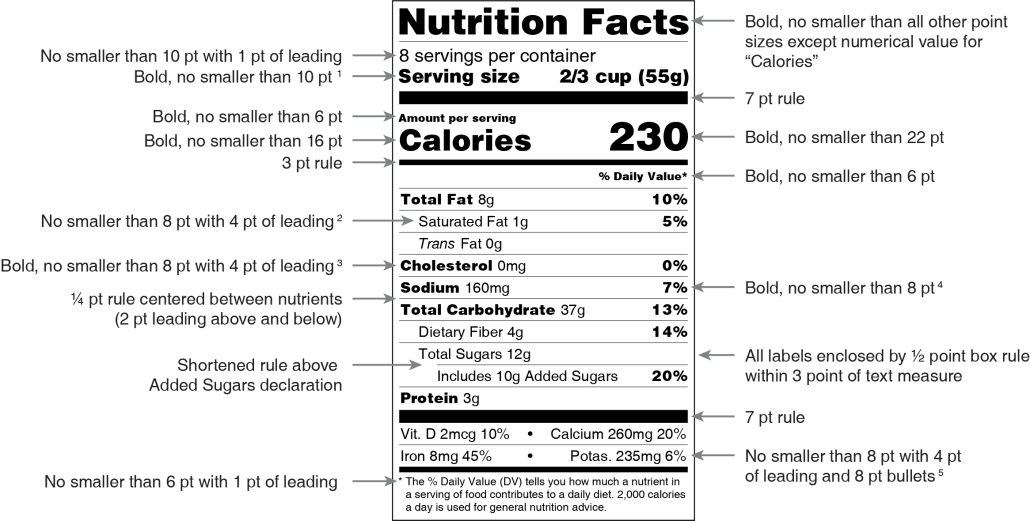



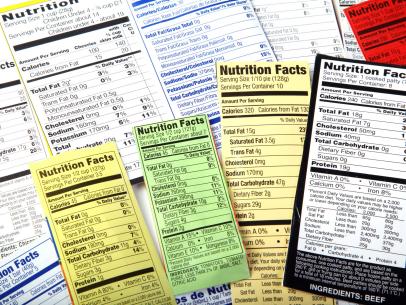
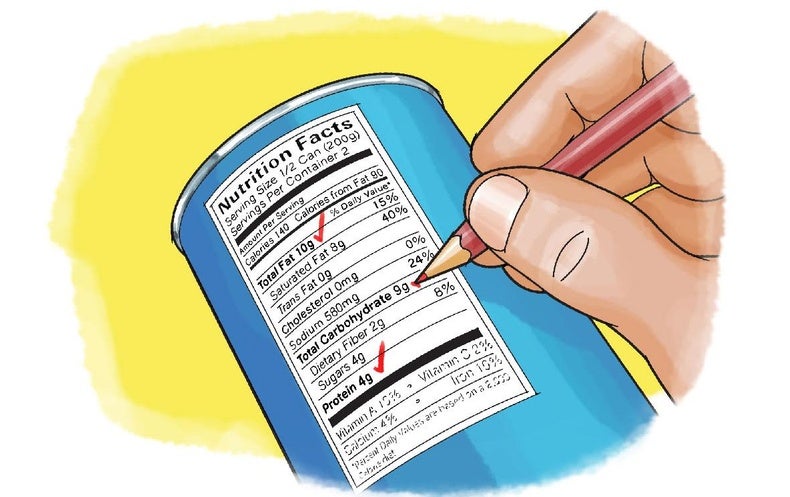

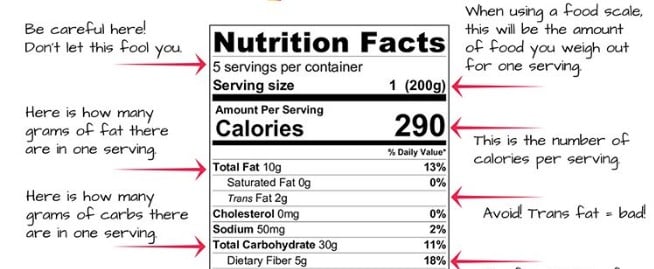





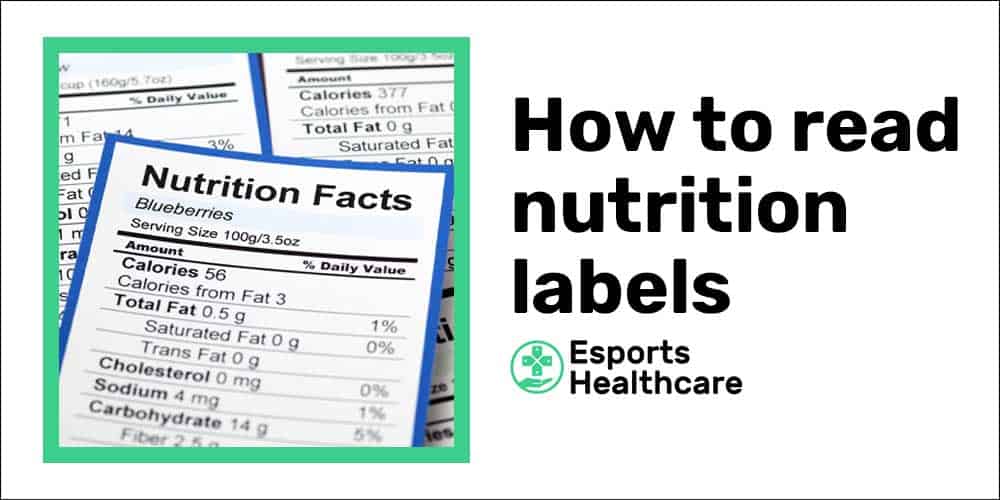

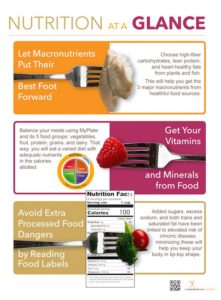
/Untitled-design-1--5755c3703df78c9b46903dab.jpg)

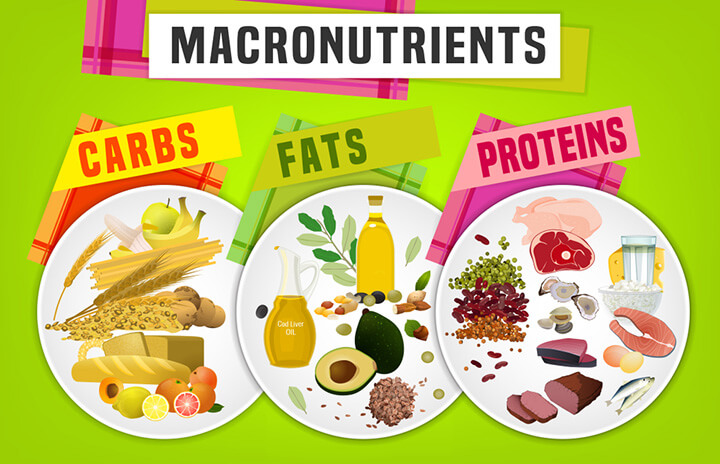
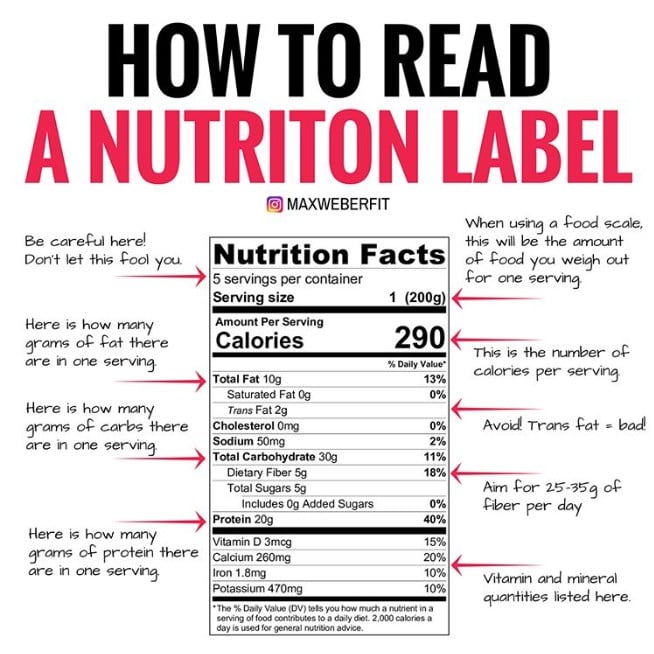

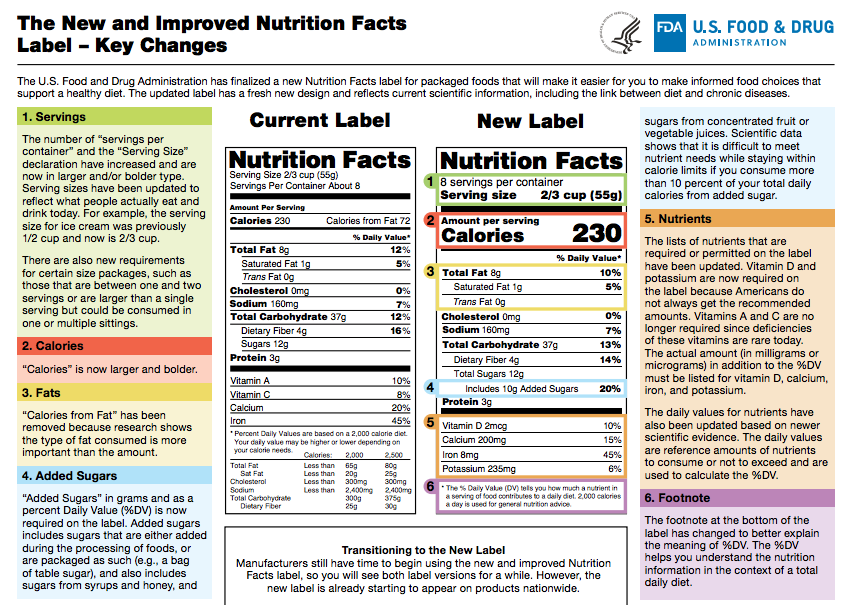
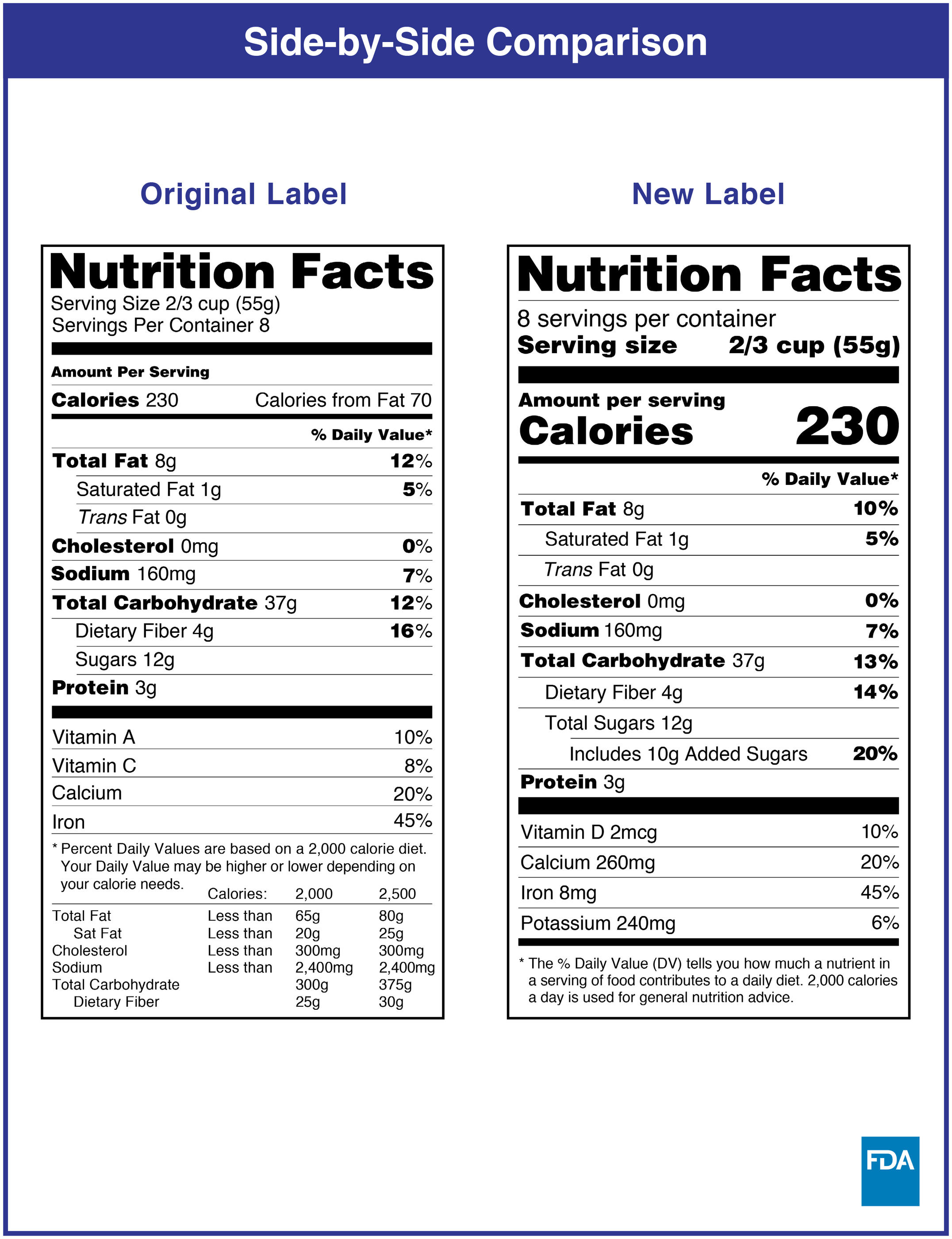
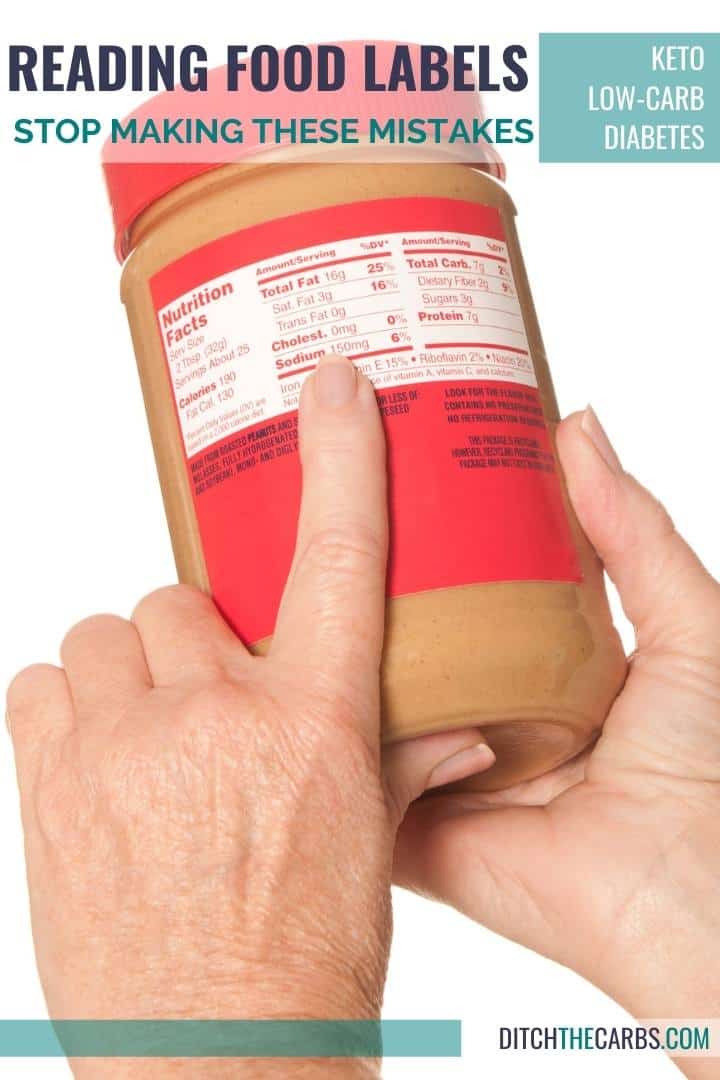
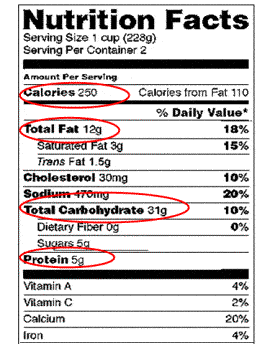

/Untitled-design-1--5755c3703df78c9b46903dab.jpg)

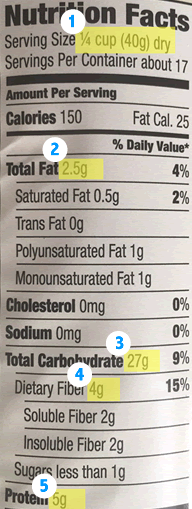

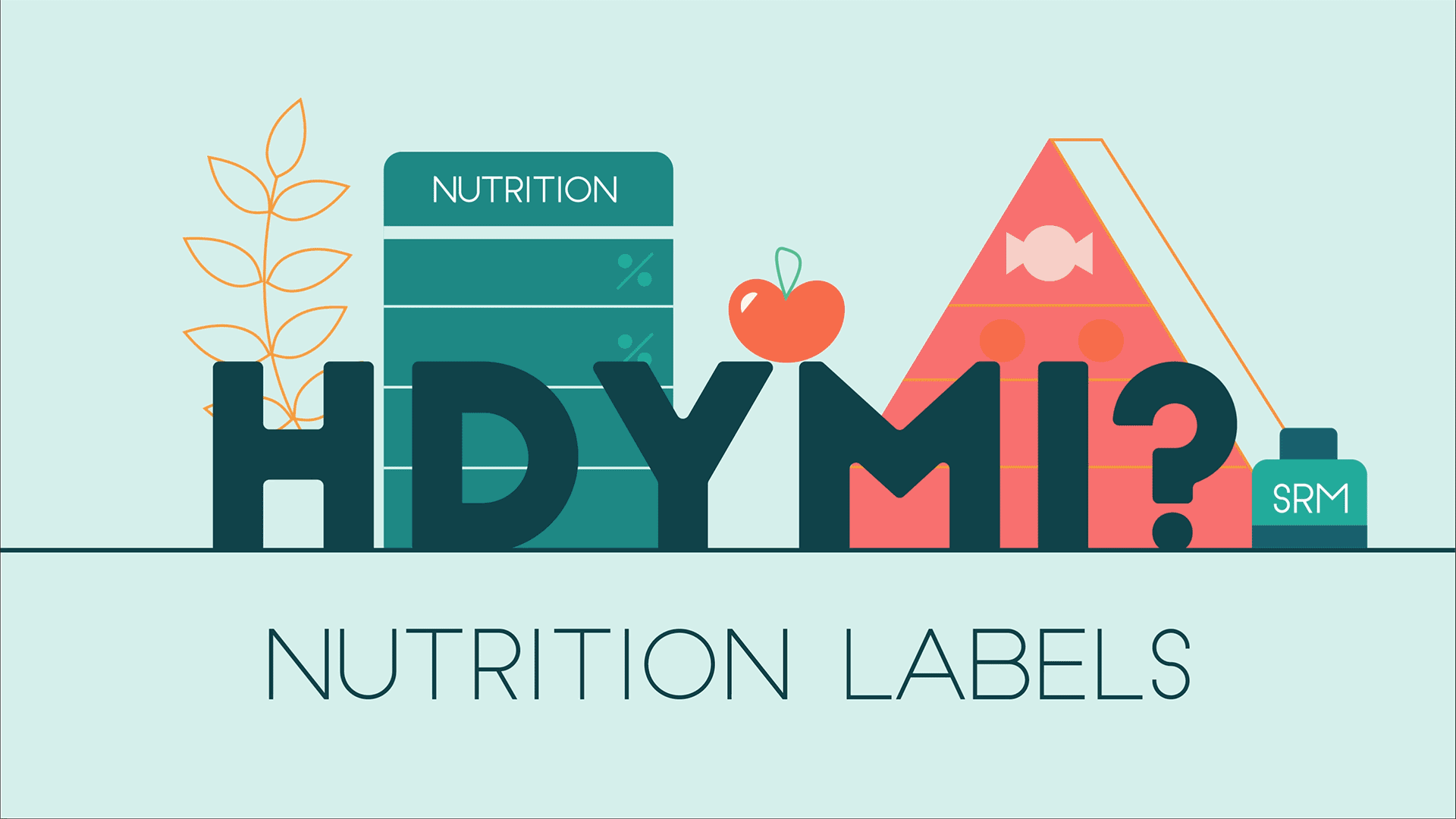


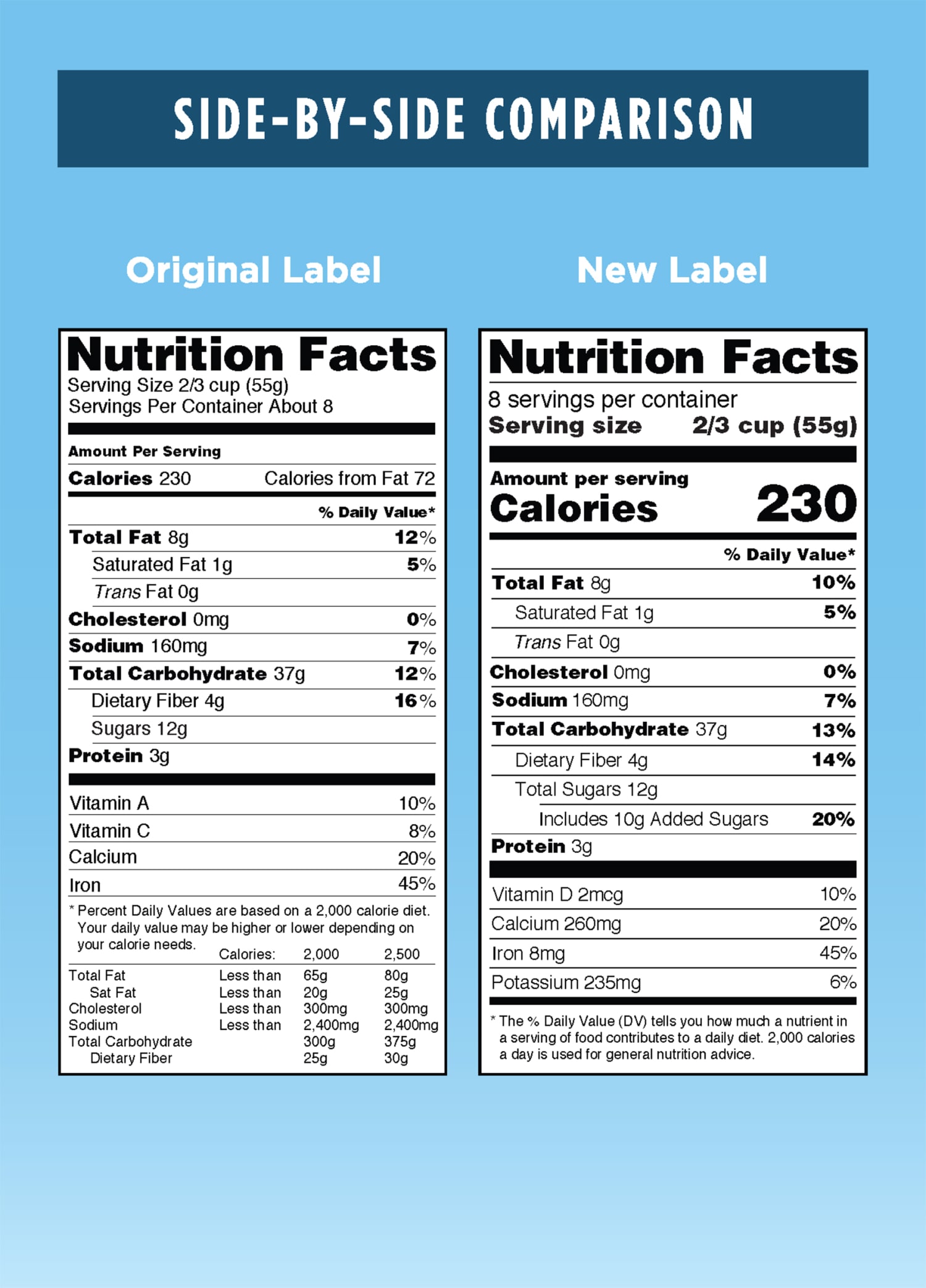


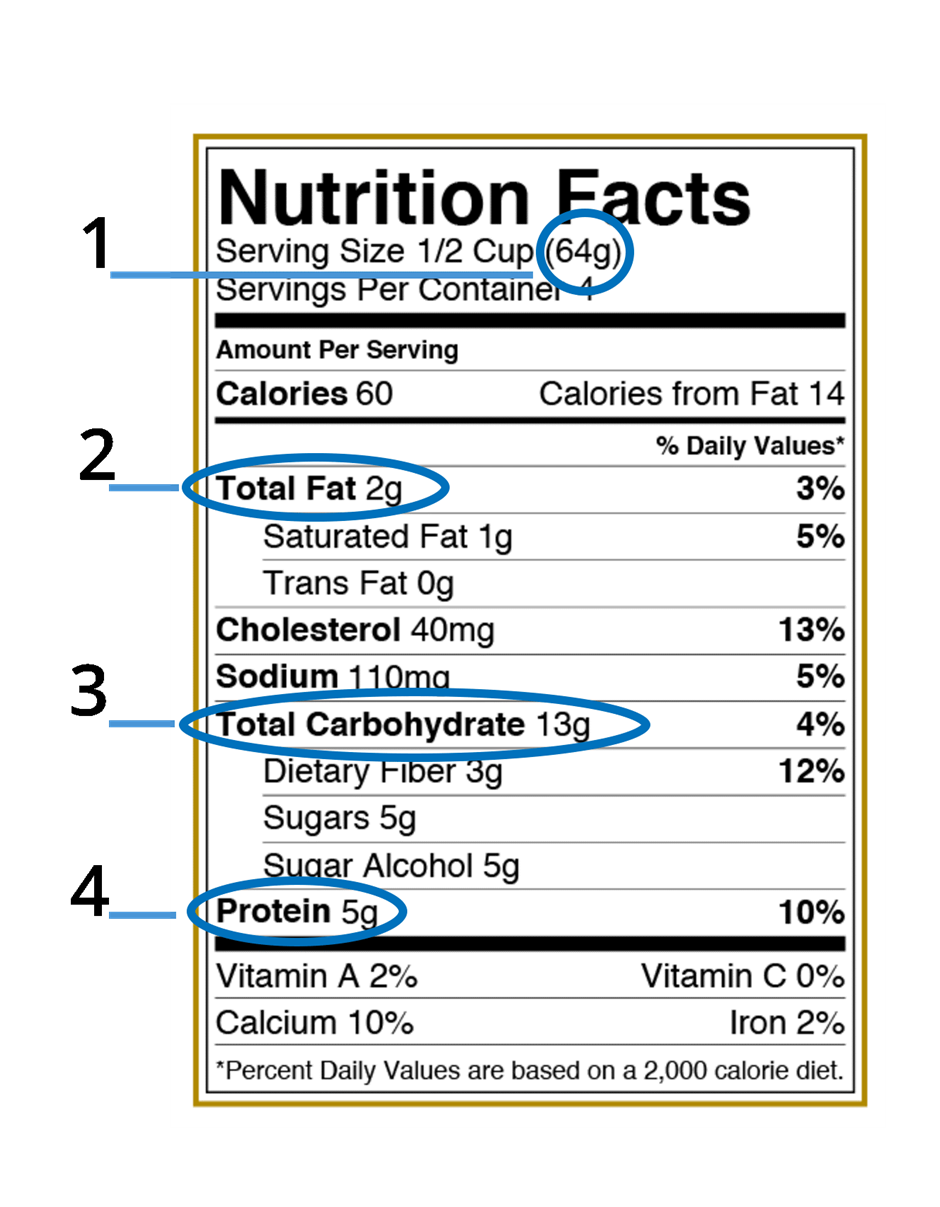

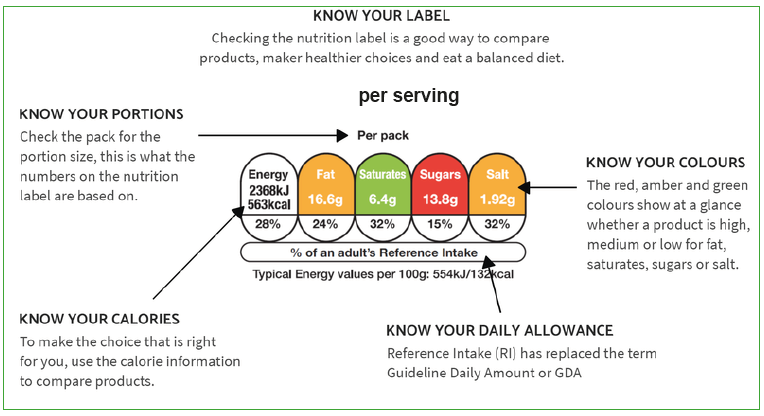
Post a Comment for "43 macronutrients on food labels"